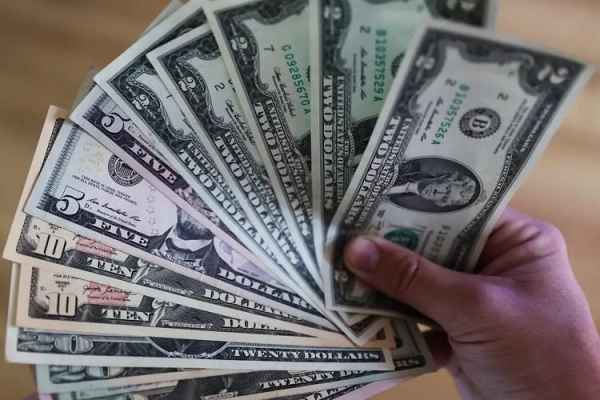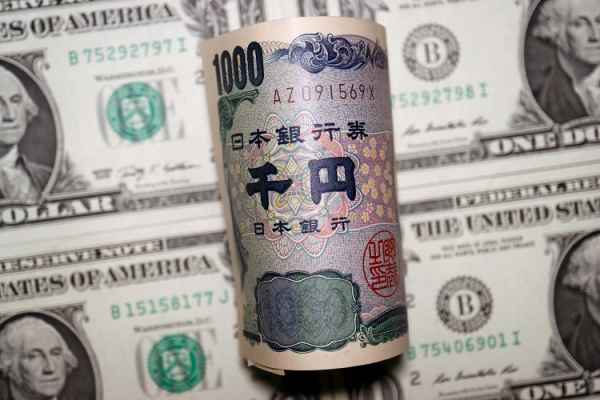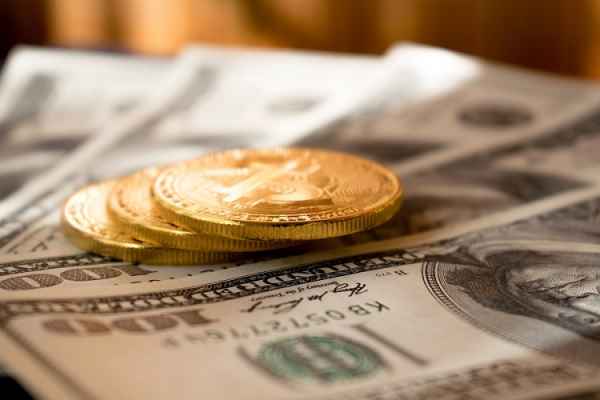Euro is increasingly under pressure due to today's Fed interest rate announcement, but the prospects for EUR/USD ahead remain diverse.
The Euro is increasingly pressured as the Fed's interest rate announcement turns out to be more hawkish than expected. The EUR/USD is hovering around the 1.0650 range as of the early European session on Thursday, September 21st, while the EUR/GBP is climbing to a one-month high due to gloomier UK economic data. However, the outlook for EUR/USD going forward is mixed.

Earlier this morning, the Fed's interest rate decision aligned with the consensus expectations. The Fed's interest rate remains within the range of 5.25%-5.50%, with the possibility of one more rate hike before the end of the year. However, the latest dot plot scheme indicates higher interest rate projections 2024.
The dot plot scheme released after the June FOMC meeting indicated the potential for a 100 basis point interest rate cut in 2024. However, the scheme from this morning's FOMC meeting suggests a possibility of only a 50 basis point interest rate cut over the same period. Federal Reserve Chair Jerome Powell argued that the U.S. economy is strong enough to withstand the impact of higher interest rates over a longer timeframe.
This "minor" change has led to an increase in U.S. Treasury yields and the U.S. dollar. On the other hand, the euro and other major rivals of the greenback have been hit. EUR/USD briefly reached its daily high at 1.0736 during yesterday's European session but quickly declined to 1.0616 during today's Asian session.
"USD is mostly building on the gains that came in the immediate wake of the FOMC statement and more hawkish than expected dot plot, EUR/USD making a new six-month low," says Adam Cole, Chief Currency Strategist at RBC Capital Markets.
Chris Turner from ING believes that this hawkish statement from the Fed can support the U.S. dollar until October. The U.S. dollar will only weaken if there is a decline in a series of upcoming U.S. economic activity data, particularly in jobless claims, consumer confidence, and retail sales data.
Analysts from Danske Bank have a different opinion. They believe that the pressure on EUR/USD will decrease shortly. The reason is that the market has already priced in the estimated terminal interest rate peaks for the Eurozone and the United States. Speculation about interest rates is no longer the primary driver, so the focus has shifted to the economic situation. EUR/USD has the potential to strengthen if economic activity in the Eurozone and China begins to improve from the pessimism of recent times.

 Dedicated FREE FOREX VPS
Dedicated FREE FOREX VPS Free FOREX Virtual Private Server
Free FOREX Virtual Private Server MT4 Demo Contest, Get $500
MT4 Demo Contest, Get $500 Sign Up for an Account, Claim 60% Deposit Bonus
Sign Up for an Account, Claim 60% Deposit Bonus Free MT4/MT5 VPS 2024
Free MT4/MT5 VPS 2024 Send E-mail and Get Free Merchandise
Send E-mail and Get Free Merchandise $1K Refer a Friend Bonus for Pepperstone Pro clients
$1K Refer a Friend Bonus for Pepperstone Pro clients Maximize Your Earnings with 100% Deposit bonus
Maximize Your Earnings with 100% Deposit bonus Trade to Win, $5,000 Monthly Demo Contest
Trade to Win, $5,000 Monthly Demo Contest Claim 30% + 15% Deposit Bonus from LiteFinance
Claim 30% + 15% Deposit Bonus from LiteFinance






